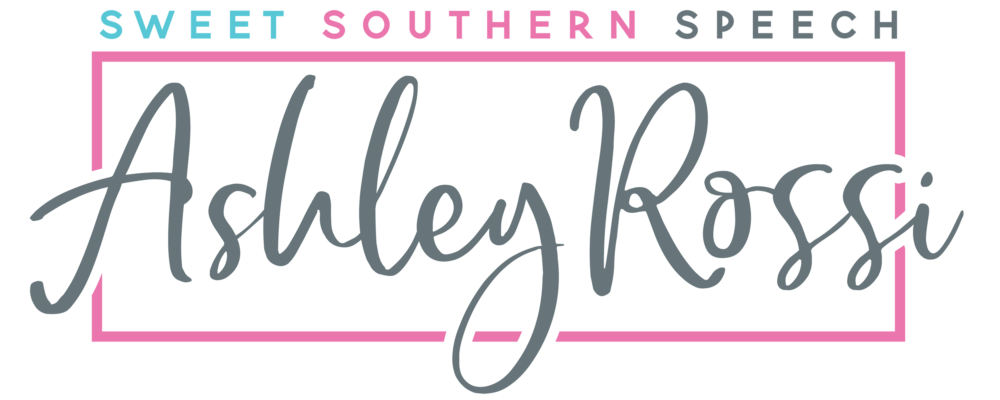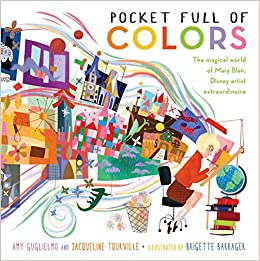Mary Blair lived her life in color: vivid, wild color. From her imaginative childhood to her career as an illustrator, designer, and animator for Walt Disney Studios, Mary wouldn’t play by the rules. At a time when studios wanted to hire men and think in black and white, Mary painted twinkling emerald skies, peach giraffes with tangerine spots, and magenta horses that could fly.
This joyful Women’s History Month book can be used in speech therapy to address social/emotional issues like persistence, not settling, and women in the workplace. It is also great for illustration study, describing, character analysis and for targeting figurative language as well as for sounds including: /m/ initial, /k/ initial, /l/ medial, /air/ and/er/! Discover more of the speech and language teaching concepts for using Pocket Full of Colors in speech therapy below:



